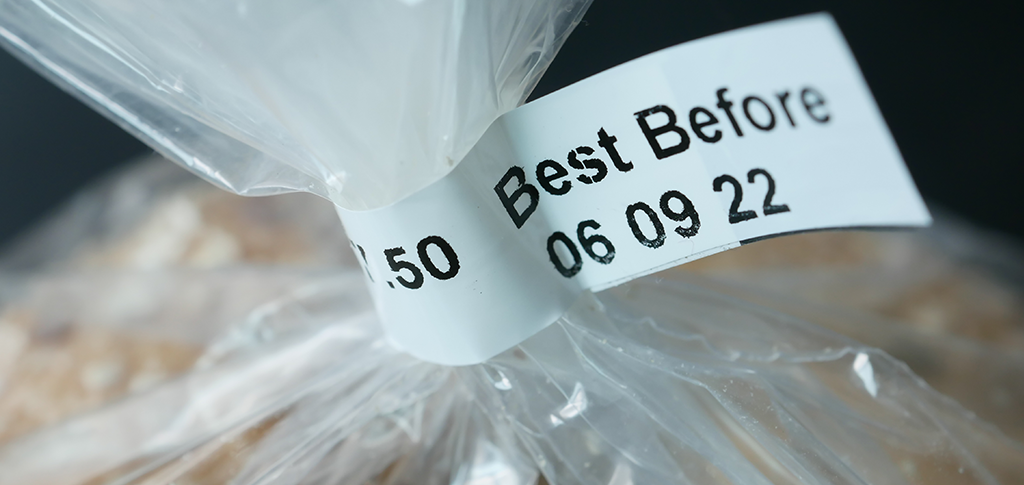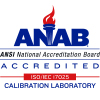 Posted on
Posted on

Food storage methods have evolved significantly over the last hundred years, and with good reason. The shift was made from the ice box to the electric refrigerator and foods started being processed and sold in vacuum-sealed packages to retain their integrity.
Even with all of these advancements, food still goes bad; it grows mold, becomes stale, or simply loses freshness qualities. Although some of these problems appear to be cosmetic, the damage goes much deeper and can pose health and safety concerns when ingested. For this reason, the FDA requires all processed food to have an expiration date. Depending on the product, the date could be months or even years in the future. There are many environmental parameters such as proper temperature or humidity levels, that impact the rate at which degradation occurs.
The Problem
The question then becomes how food expiration dates are determined. The truth is that each company performs the testing a little differently, but they all involve using various forms of technology to assist in the process.
If a product is thought to have a long shelf life, testing the microbial growth in real-time can delay the release of the product and end up costing the company a lot more money in the end. In these cases, accelerated tests are performed which involve manipulating the environment that the product is being stored in to higher than-average temperatures and monitoring the spoilage that occurs. Once the data has been collected, an algorithm is used to determine the length of time in which the same spoilage would occur if the product was stored at an average temperature. Humidity also plays an important role in the shelf life of food, as it can either promote or deter the growth of bacteria, which causes food to perish at a much faster rate.
The Solution
In order to determine the impact of the surrounding environment on the product, data loggers are used to keep accurate records of the temperature, pressure, or humidity levels within the environment that the products are being stored in. Many data loggers or sensors are small enough to fit inside a container with the product being tested to create a complete picture of what effects the external environment is having on the contents. In other cases, a product test could require a multi-channel data logger that can monitor ambient temperature and humidity simultaneously or maybe a rugged stainless steel data logger that can be inserted into a product or oven and withstand extremely high temperatures such as the HiTemp140 family of loggers.
Another option is using a wireless data logger. For example, an RFTCTemp2000A wireless logger can be used in conjunction with a thermocouple probe that is inserted directly into the product or enclosure. The wireless data logger will record and transmit results from the test in real time back to a central PC. This means that it is possible to determine the exact temperature and humidity level at which the product begins to deteriorate. When data is being transmitted wirelessly, it is possible to actually monitor that data as it occurs or configure the device to alert you at desired thresholds.
The Results
Foodborne illnesses are more prevalent now than ever. As the FDA imposes stricter regulations on food safety measures, companies are forced to comply with the growing demands. Food testing requirements, including determining shelf stability, storage, and procedures are becoming more complex. Luckily, technologies are being harnessed to create devices and systems that assist companies with their compliance. These logging instruments make all food testing not only thorough and reliable but also cost-effective. The role of data loggers for food safety expedites the data collection process to police the variables that can be destructive to products. This allows companies to feel confident and focus more on the food they are producing.






